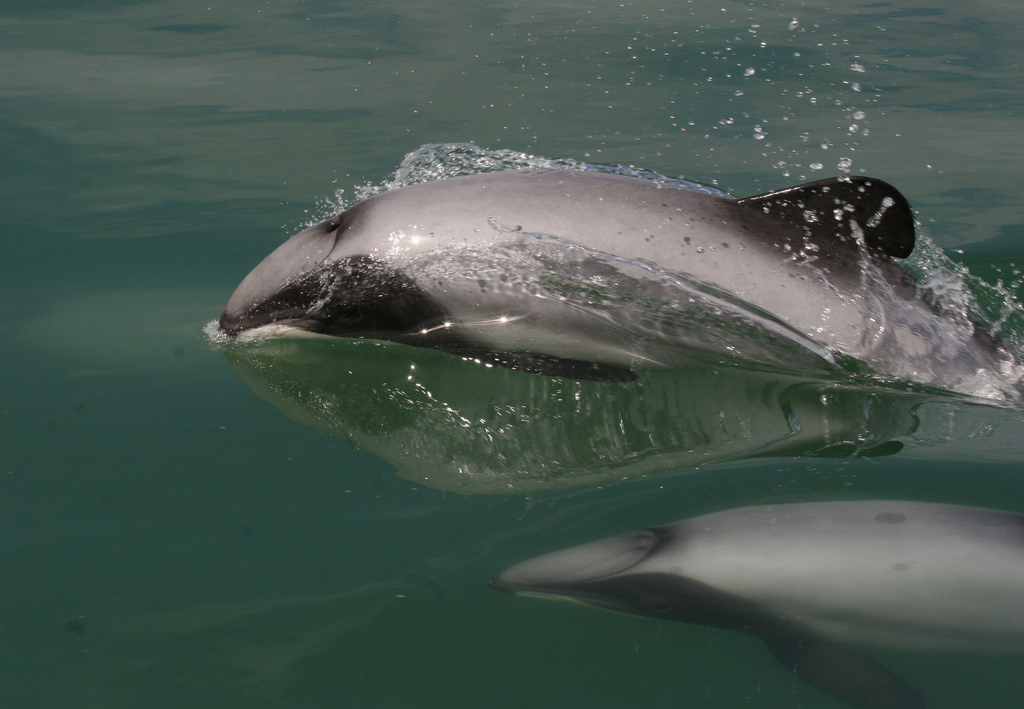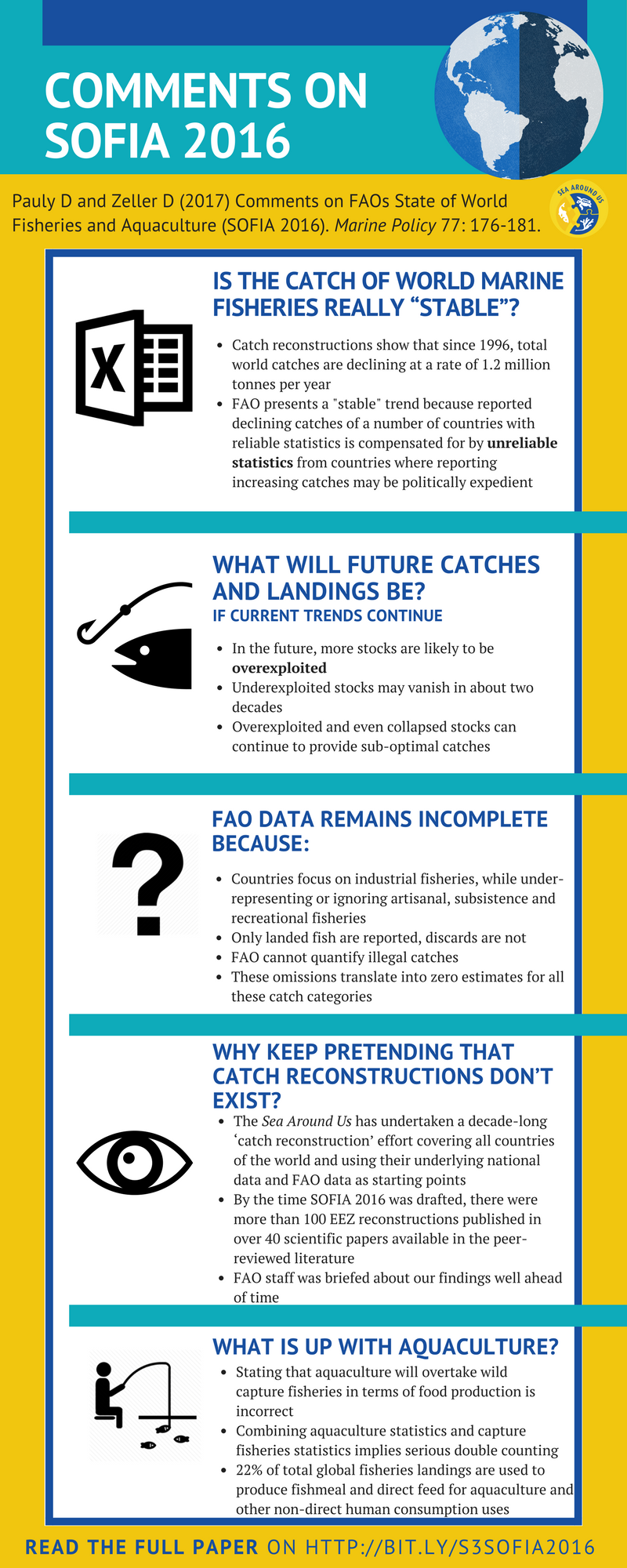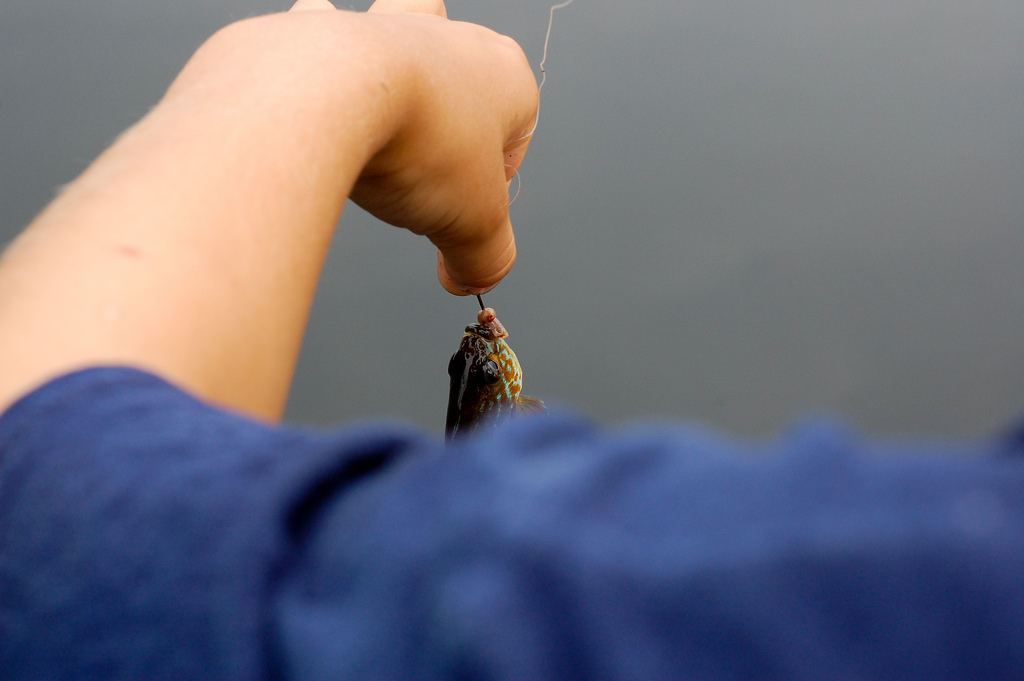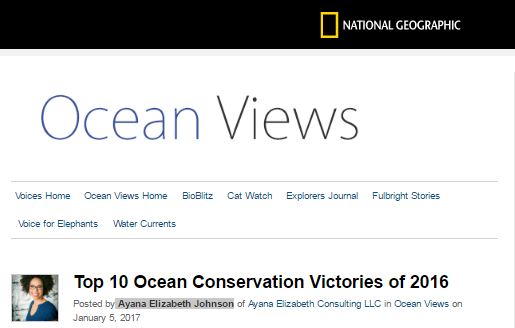
Maui’s dolphin. Photo by New Zealand Department of Conservation, Flickr
The world’s rarest and smallest known subspecies of dolphin, the Maui dolphin, is about to go extinct. Its population is down to 60 individuals from 2,000 in the 1970s.
Journalist Christopher Pala just launched a series of articles focusing on the reasons behind the disappearance of this subspecies of the Hector’s dolphin and the actions governments are taking (or not) to stop the death toll from rising.
Follow this link to read the first article of the series in Science.





